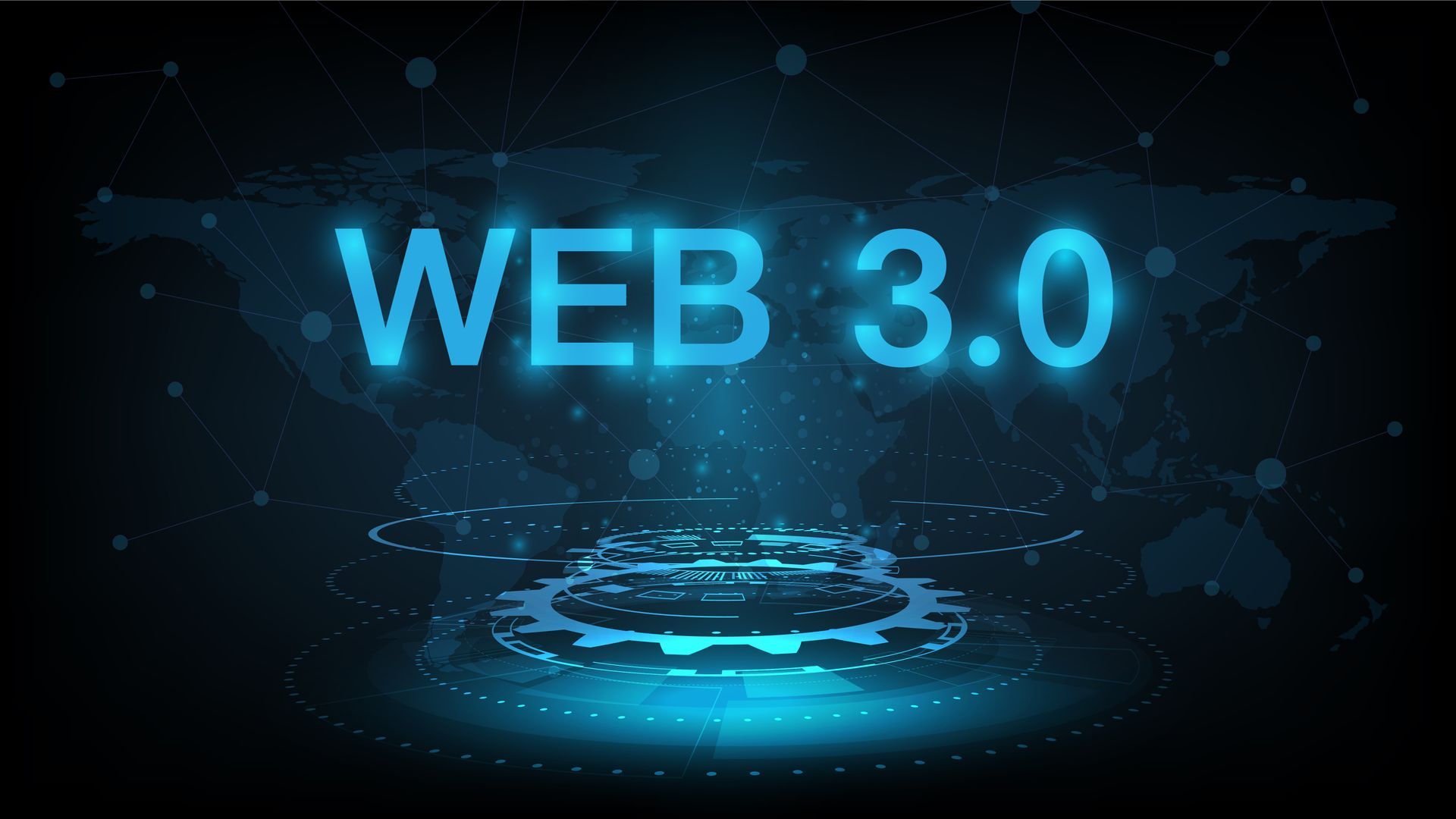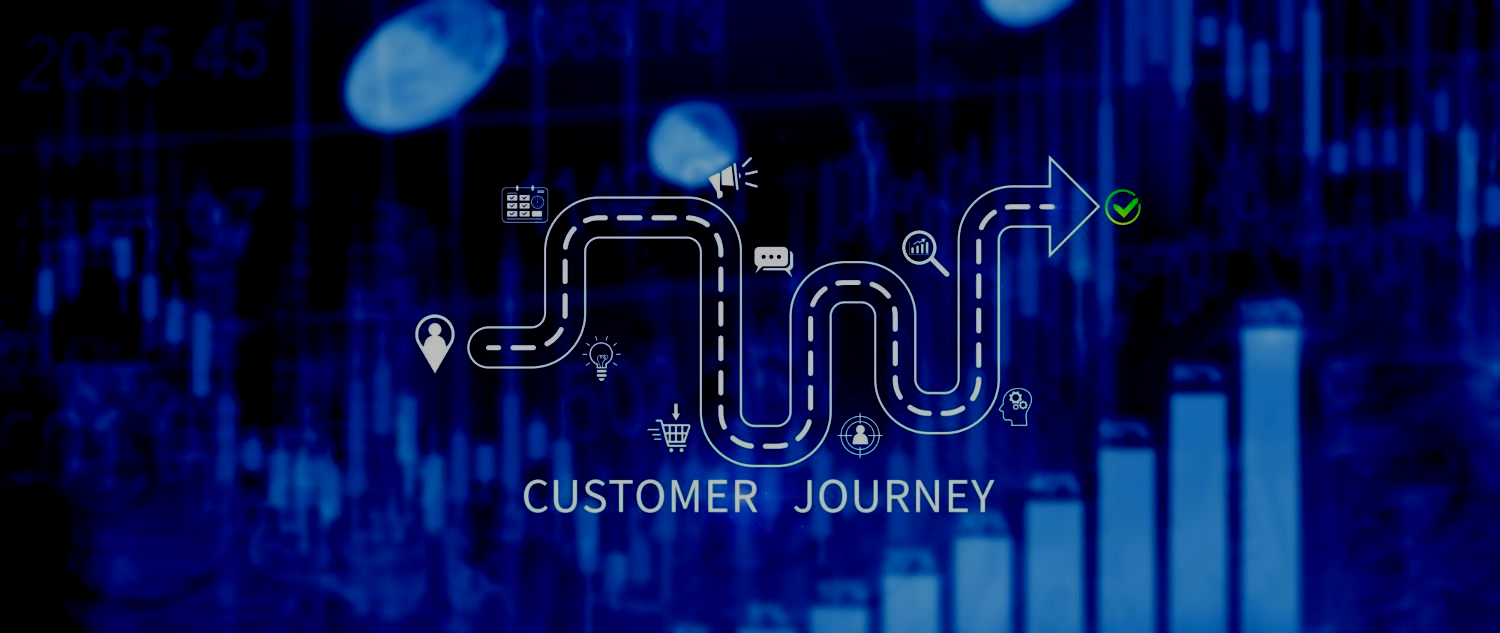Blog
Stay updated with the latest developments about Emakin

The future of business processes is shifting toward radically new models driven by decentralization, distributed ownership, and autonomous digital ecosystems. Web3 technologies—which include blockchain, smart contracts, decentralized applications (dApps), and token-based governance—are fundamentally transforming how wo












